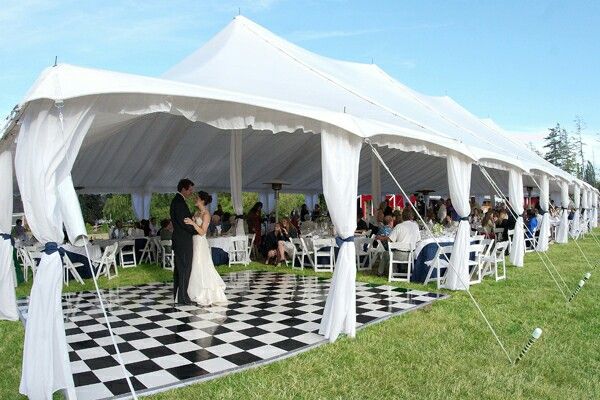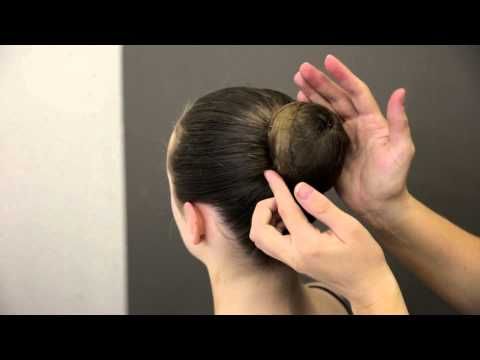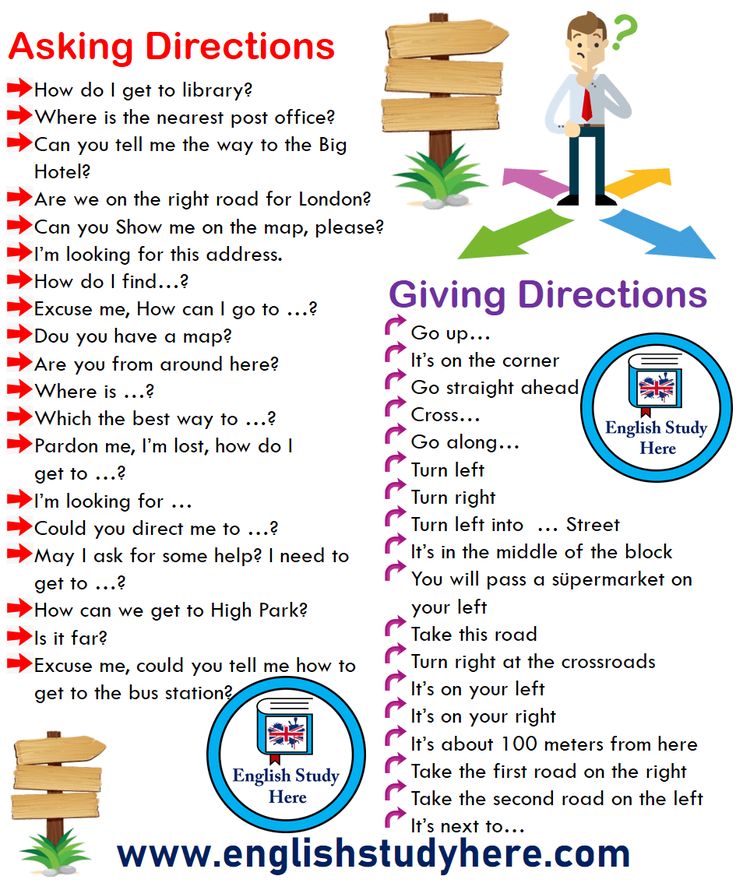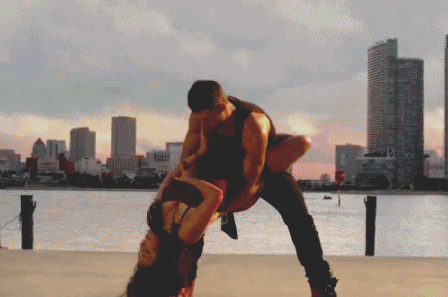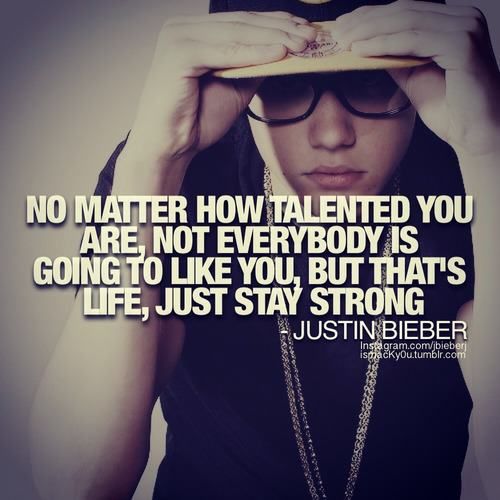How to irish dance easy
Irish Dance: History, Music, Styles, Steps, Dresses, Shoes
Irish dance or Irish dancing is traditional Gaelic or Celtic dance forms that originated in Ireland. It can be performed as a solo or in groups of up to twenty or more trained dancers. In Ireland, Irish dance is part of social dancing or may be for formal performances and competitions.
It is performed traditionally with intricate foot work and is most known for the dancers performing with a stiff upper body. Unlike other dance forms, Irish dancers do not move their arms or hands so that footwork is accented.
CONTENT
The History of Irish Dance
The history of Ireland is also the history of Irish Dance. The actual dates of its origin has never been determined specifically. However, Irish history is steeped in Druidic, Celtic and other religious history which affected the origins of Irish dance. For example, processionals in Druidic and Celtic religious practices required precision movement as do Irish reels and jigs.
The Celts are a 2,000 year old civilization that brought with them their own folk dances. Many of their dances were comprised of circular formations around sacred trees or they consisted of certain patterns performed by males and females in a religious rite.
If there has been any influence in Irish Dance, it may have been the Quadrille. Ireland has been a country of many travelers who brought with them various continental dance styles. The Quadrille was one of these styles that impacted Irish dance.
The Quadrille was popular across Europe in the 18th and 19th centuries when royalty held balls and cotillions. Although, the Quadrille was popular toward the end of the 18th century and spread to England and Ireland around the early 19th century.
A Quadrille is a square dance performed by four couples. It contains five choreographic figures. Each of these figures is a complete dance sequence of itself. Thus, it is easy to see how Irish reels became a prominent part of Irish dance.
Each of these figures is a complete dance sequence of itself. Thus, it is easy to see how Irish reels became a prominent part of Irish dance.
Musical instruments like the Irish Bodhran (drum), fiddle, concertina, accordian, Uiliean pipes, Celtic harp, tin whistles and banjo form the background of Irish dance music
Irish Dance Costumes, Dresses and Shoes
In the early days of Irish dance the dance costumes for females were basically ankle length dresses or blouses and skirts. For male dancers, costumes might have consisted of a shirt with a kilt in the Irish clan plaid or it may have been a long coat, shirt, vest and briques (calf length pants) with leggings.
Modern Irish dancers and dancers performing in traditional Celtic dance wear several different costume styles.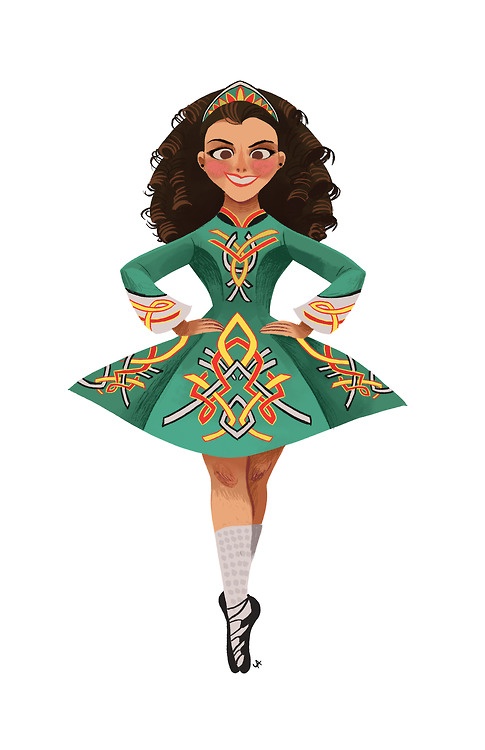 For Traditional Celtic dance, female dancers wear blouses and long skirts while the male dancers perform with traditional shirt and kilt.
For Traditional Celtic dance, female dancers wear blouses and long skirts while the male dancers perform with traditional shirt and kilt.
Modern Irish female dancers perform in beautiful short dresses in bright colors, mostly always with their arms fully covered. Modern Irish male dancers perform in trousers and a shirt with a colorful sash tied at the waist.
Shoes for male Irish dancers depends on the type of dance they are performing. For Flat Down step dancing, shoes have metal cleats on the toes and heels. For Ballet Up dance, shoes for males have soft soles.
Female dancers wear black leather "Ghillies" that have soft soles for flexibility for Ballet Up steps. The soft leather of Ghillies help Irish dancers perform dance steps either on the balls of the feet or on tips of their toes.
Female Irish dancers wear two basic types of shoes. For Flat Down step dances, shoes are an oxford style with a thick heel with metal cleat attached to the full heel and a thick frontal sole that also has a metal cleat attached. The oxford is usually black leather, has laces and a leather strap to secure the shoe to the foot.
For Flat Down step dances, shoes are an oxford style with a thick heel with metal cleat attached to the full heel and a thick frontal sole that also has a metal cleat attached. The oxford is usually black leather, has laces and a leather strap to secure the shoe to the foot.
Irish Dance Styles & Types
In total, there are six Irish dance styles. However, it is equally important to note that within each of the six Irish dance styles, there are basically only two dance style techniques, these are known as Ballet Up and Flat Down. These describe how Irish dancers use their feet in the six styles.
Ballet up describes a balletic style where toes are pointed and steps are performed high on the balls of the feet or on tips of the toes. Body weight is lifted upward from the floor.
Flat Down describes a technique that relies more on the use of the heels in a flat, gliding motion.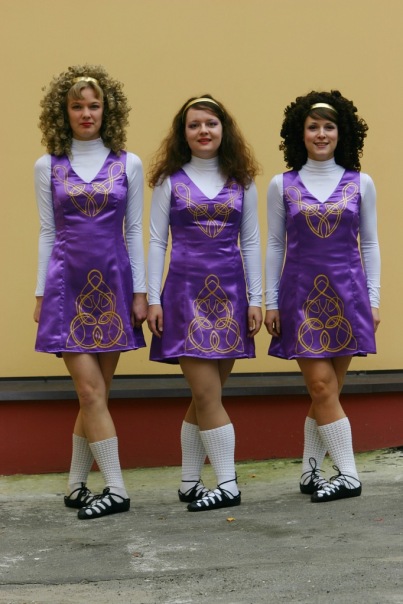 Body weight sinks downward into the floor to emphasize the sound of the metal cleats.
Body weight sinks downward into the floor to emphasize the sound of the metal cleats.
The six Irish dance styles include:
- Traditional Irish Step Dancing - only the legs and feet move in flat down technique
- Modern Irish Step Dancing - full body movement with ballet up technique
- Irish Set Dancing - with Flat Down technique
- Irish Ceili Dancing - with Ballet Up technique
- Irish Sean Nos Dancing - with Flat Down technique
- Irish Two Hand Dancing - with Flat Down technique
Traditional Irish Step
Traditional Irish Step dancing is performed by male and female dancers in long lines, circles, squares or as partnered reels. Traditional Iris Step Dancing consists of dances set to traditional Irish music with a fast tempo that dancers are required to perform sets of steps to.
For example, two groups of dancers face opposite each other and shuffle, hop, jump, tap and stamp to the music as they more toward each other.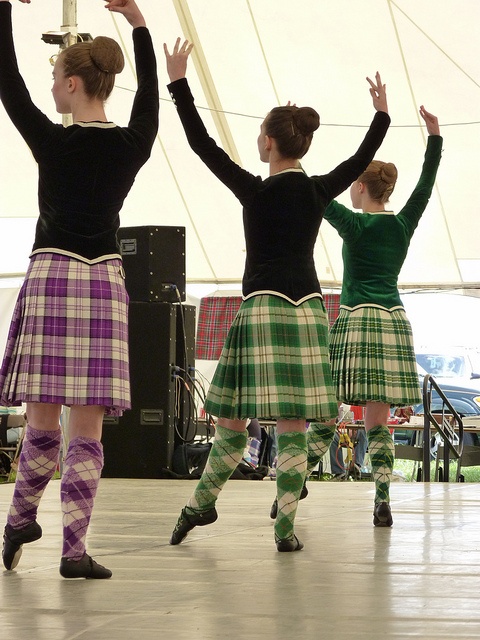 Dancers then move between the dancers of the opposite line and then back to their original position. This is often referred to as a "competition" line dance.
Dancers then move between the dancers of the opposite line and then back to their original position. This is often referred to as a "competition" line dance.
Modern Irish Step Dancing
Modern Irish Step dancing has female dancers performing ballet up dance movements like leg swings, hopping and jumping or sashaying to the music. The female dancers perform in soft ghillies while the male dancers are heard tapping in Oxford tap shoes to the music Modern Irish Step Dancing
Modern Irish Step dancing has female dancers performing ballet up dance movements like leg swings, hopping and jumping or sashaying to the music. The female dancers perform in soft ghillies while the male dancers are heard tapping in Oxford tap shoes to the music.
Irish Set Dancing
Irish Set Dancing, as its name implies consists of dances performed in "sets.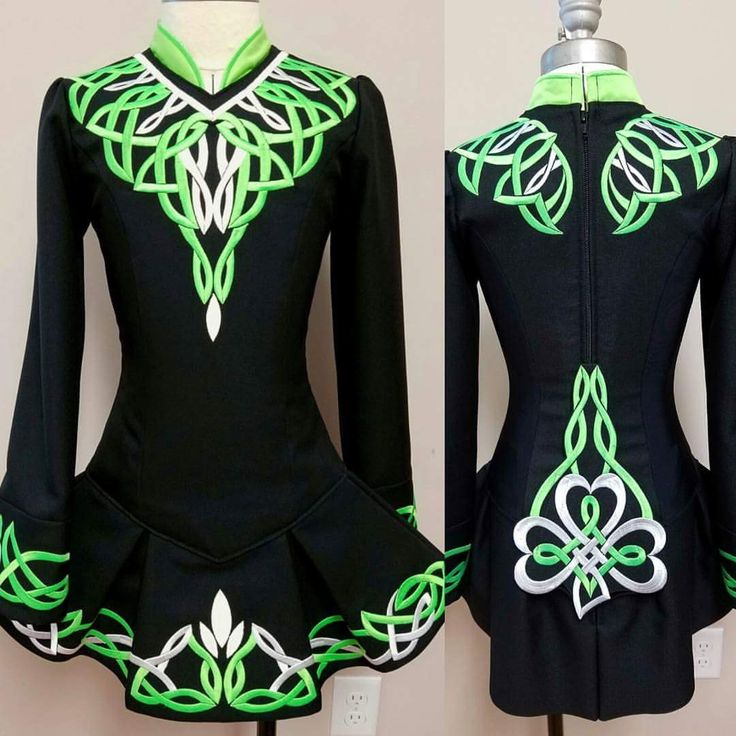 " For example, a performance of Irish Set Dances may be part of a whole choreographed dance performance that is broken up into several separate parts. The set usually requires dancing in couples in four sets.
" For example, a performance of Irish Set Dances may be part of a whole choreographed dance performance that is broken up into several separate parts. The set usually requires dancing in couples in four sets.
The Set Dance begins with all four couples dancing to the same choreography. This is followed by each couple performing the same sets as individual couples.
Irish Ceili Dancing
Irish Ceili (pronounced "kay-lee) Dancing is a very traditional dance form. It originated in the 1500's and is always performed to traditional Irish music. The Ceili Dances consist of quadrilles, reels, jigs and long or round dances. These were the most native Irish traditional folk dances.
Irish Sean Nos Dancing
Irish Sean Nos Dancing is one of the oldest of the traditional Irish dance styles.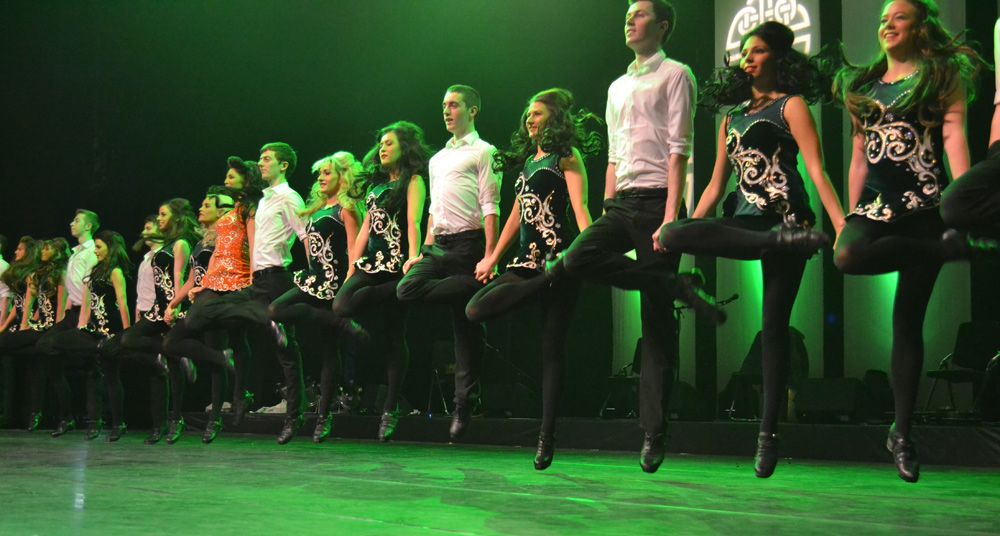 It is the only one performed as a solo. It differs from other Irish dances in that it allows free movement of the arms and it is flat down with the heavy weight on the accented beat of the music.
It is the only one performed as a solo. It differs from other Irish dances in that it allows free movement of the arms and it is flat down with the heavy weight on the accented beat of the music.
Sean Nos Dancing is the only Irish dance that also allows the solo dancer to improvise the choreography simultaneously as the dance is performed. The taps consist of shuffles and brushes as the dancer moves across the floor.
Irish Two Hand Dancing
This style of Irish Dance was a predominant part of Irish socializing. It is performed much like Irish Set Dancing with the exception that is it danced to polkas, Irish hornpipes, waltzes and jigs. Like the Irish Set Dancing, it is performed by couples with specific choreographic dance patterns, although in Irish Two Hand Dancing the patterns are repeated.
In Irish Two Hand Dancing couples dance in a relaxed style while they tap their feet in shuffling, hopping and spinning motion. By all appearances, when Irish Two Hand Dancing is performed on a large dance floor, the couples seem to be gliding along as they dance.
By all appearances, when Irish Two Hand Dancing is performed on a large dance floor, the couples seem to be gliding along as they dance.
Basic Irish Dance Steps
Ballet Up styles of Irish dance rely on several uniformly performed steps. The first comes from the ballet step, "chasse," which means to "chase." In this step the Irish dancer steps with the right foot while the left foot "chases" the right in three counts. This is often called the "1-2-3."
Another step borrowed from Ballet is the "cabriole" which is to leap into the air while the left calf beats under the right calf that is extended forward in the air. There are several other steps that require the dancer to perform full or half turns.
In Flat Down Irish dance steps, the dancer's foot strikes the floor in a twisting shuffle of the right foot while hopping into the air with the left foot.
There are also combinations of Irish dance steps that include the "1-2-3", shuffle, stamping the whole foot and tapping one toe behind the other foot that holds body weight.
Although traditional Irish dance limits movement of the arms, today's modern Irish dancers are seen starting a dance routine with their hands on their hips and using certain movements of the arms that coordinate with music for interpretation of choreography.
Irish Dancers are as young as pre-school age to adult. There are numerous Irish Dance schools that teach traditional and modern Irish dance styles in the U.S. and Europe. The syllabus for Irish Dance is less complex than ballet, although several Irish steps originate from ballet.
Irish Dance is a combination of ballet and tap dancing. Although, it can be said that tap dancing originated from Irish flat down dance technique.
Unlike ballet, however, Ballet Up dance steps require dancers to place full weight on their toes in ghillies that are not blocked as ballet pointe shoes are.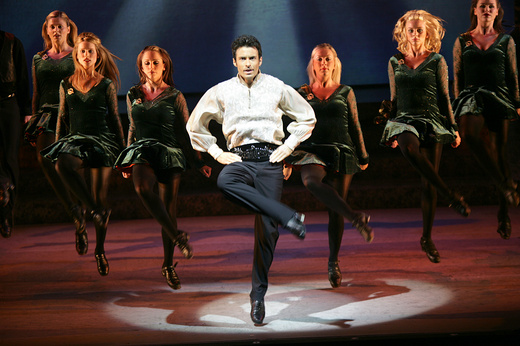
In Flat down dance steps, the shoe is more flexible across the front of the shoe than a traditional tap dance shoe. This enables the Irish dancers to perform shuffling steps with more speed.
Irish Dance Today
The first international reintroduction to Irish Dance performances was with the performance of "Riverdance", composed by Bill Whelan.
The first performance was in 1995 in Dublin. It starred the now famous Irish Dancer and Irish Dance choreographer, Michael Flatley.
Although, it predominantly features Irish step dancing, "Riverdance" has a Baroque style that incorporates other dance styles like flamenco and a Russian dervish. The end result for dance experts is that "Riverdance" provides insight into how dances are linked in technique and styles.
It has since been performed as a touring Irish Dance show in New York City and at the Vatican for Pope Francis.
In addition to "Riverdance," Michael Flatley choreographed his first full length Irish Dance performance in which he starred, in "Lord of the Dance.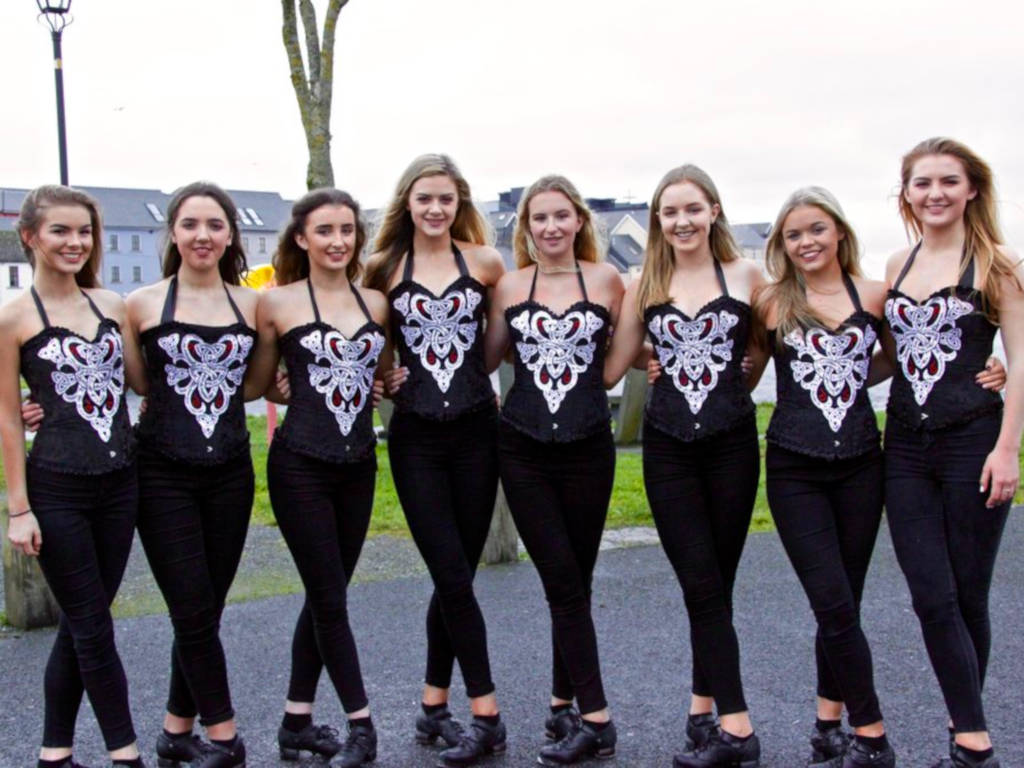 " This was followed by "Feet of Flames" and "Celtic Tiger Live." These are modern Irish dance shows that include Ballet Up and Flat Down Irish dance techniques.
" This was followed by "Feet of Flames" and "Celtic Tiger Live." These are modern Irish dance shows that include Ballet Up and Flat Down Irish dance techniques.
In "Feet of Flames," Michael Flatley performs a lengthy series of movements that seem to defy gravity, all while maintaining balance and musical timing.
However, in the Flatley shows, he included traditional Irish songs in the Gaelic language as well as actual story lines for each of his Irish dance shows. For example, in Lord of the Dance, the story line has both a romantic and a fairy tale plot that includes a whimsical fairy piper.
As a result of the addition of a Gaelic singer and two Irish talented Irish fiddlers in these shows, similar Irish entertainment emerged from these Irish performances such as "Celtic Woman" and "Irish Tenors."
All of these Irish performances include some of the most extraordinary dance talent and shows the extreme skill needed to maintain Irish dance choreography as well as a semblance of acting talent.
There are also Irish Dance Championships that encourage students of Irish Dance to take part in competitions for awards for their dance techniques, skills and choreography.
Conclusion
There is no doubt Irish Dance captures the attention of audiences wherever it is performed. There are also many Irish societies and organizations that help promote Irish dance performances like the Ancient Order of Hibernians, Milwaukee St. Patrick's Day Parade, Friendly Sons of the Shillelagh and the World Irish Dance Organization. Today, Irish Dance is seen in the Thanksgiving Day Macy's Parade as well as the St. Patrick's Day parade in New York City and Chicago.
Teaching Kids to Dance: Hop Skip Jump Clap!
St.Patrick’s Day beckons and with the last two years of disappointments and disruptions, the need to feel hopeful is persistent and growing. And for humans, what stronger symbol of hope are our children?
And for humans, what stronger symbol of hope are our children?
So, you’ve decided this is the year you’d like to do some dancing with the kids to celebrate- your kids or your students- but you’re not quite sure what to do or how to go about it. (You might also want to look at some tips for dancing during a pandemic)
I’ve been lucky enough to have a number of opportunities to teach children to dance and made plenty of mistakes. What I learned though is that you don’t have to be perfect; in fact, it’s far better if you approach it as an experience and a journey of joy, much the way a child would do when learning something interesting, engaging and fun!
Start slow and simple– Start with something you are certain every single dancer will be able to do, and preferably something that is fun and enjoyable This ensures that dancers will gain confidence and that they feel they are part of the group, not the odd one out unable to dance.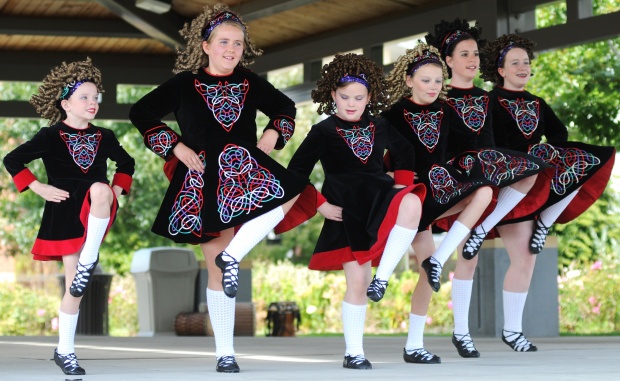
Start with each individual dancing on their own in a large group, then gradually introduce the idea of dancing with a partner. I did this by teaching a simple, 3-4 part warm-up dance with plenty of repetition. The steps learned in warm-up could then progress to be used as a base for a brush/broom dance, allowing each child to focus on their brush and their dancing, not on each other. Then move on to a group circle dance where each child is paired with another (Rattlin’ Bog see below).
Boys germs – Be aware that some children will be alive to the “yuck” factor – that hand-holding and touching each other will be abhorrent to some children, depending on their age and experience. So, don’t force anything. All activities and dance moves should be optional and you may need to find creative solutions to elements of dance that children are finding difficult or not responding to. Keep in mind the need for a Plan B.
Introducing dance movements – Work from what people find easiest to do and then work towards the more complex things.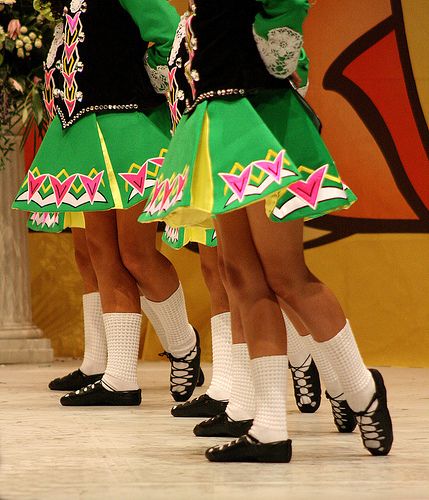 Build the movements and steps, bit by bit.Start with a walk – walking is very close to an advance step for sets. A retiring step for sets is just like walking backwards – a little more tricky.
Build the movements and steps, bit by bit.Start with a walk – walking is very close to an advance step for sets. A retiring step for sets is just like walking backwards – a little more tricky.
Most people can STAMP one foot while standing on the other- makes a great sound and is simple. CLAPS are also pretty simple and KICKS as finishing moves.
Little SKIPS, HOPS & JUMPS are also easy for kids – they look and sound great when controlled and in unison. Got the idea?
For set or céilí dancing, focus on the figures first, then the dance steps. Teach the figure or the pattern of the dance first, without too much focus on what is happening with the feet- it will come. Learning dance steps, and especially battering steps, can be difficult and generally takes a lot of practice. For set dancing, I find reel steps tends to take longer to learn than jig or polka steps. That should not be a deterrent to trying to teach dance steps but be realistic about your expectations as a teacher, particularly if you have limited time.
Don’t talk too much – show them what to do, walk through it once, then dance it with some repetition, maybe 3-4 times. Get people moving as soon as possible after the class starts.
Keep the teaching sessions short- 30-40 minutes at a time is plenty of time for teaching and learning. Take note when children are becoming bored or distracted- either move into a different dance, take a break or end the class.
Music is most important – needs to be toe-tapping and inspiring enough to be still interested after listening 100 times! Even better for children if it has a catchy song that can be included in the dance. Spend time seeking out the right music and make deliberate choices.
Suggest you start with music that is slower, and increase the tempo as the learning progresses.You can slow a tune down so that the music is the same and as dancers get the hang of the movement, you can increase the pace, or not, depending on how well they are going and enjoying it.
I also have S-T-R-E-T-C-H music – tunes that have been stretched (by a sound engineer) so the music is slow at the start and gradually, imperceptibly speeds up to normal speed at the end.
Build confidence– plan your class to suit the abilities of the dancers (not your needs) and give them lots of encouragement. Focus on what they are doing right, and not what they are doing wrong. Lots of praise works.
Less is more – Recommend that your dance performance is not too long. Each part of the performance should be about 3-4 minutes maximum, and probably not more than 5 parts. 10-15 minutes of performance is plenty. Anything that makes it more achievable and fun for the dancers, and engaging for the audience without being boring is good.
Music for performance- try to find some music that changes tempo, speed and instrumentation to give it punctuation that lends itself to a performance and helps build to a finale.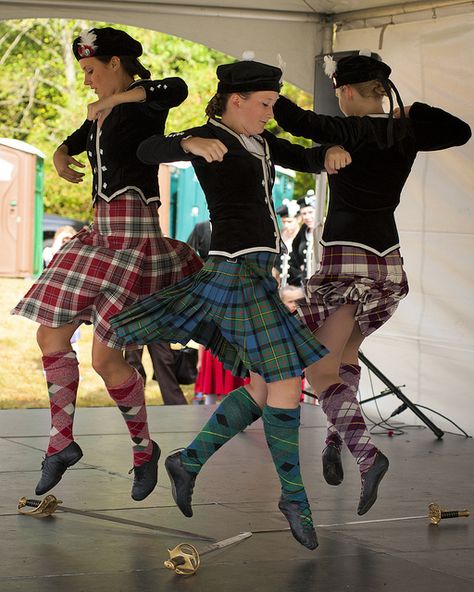
Enjoyable for the audience as much as it is for the performers. Create opportunities to join in – even if it is just clapping, stamping or singing along with the performance.
Dressing up can be fun but spare a thought for the parents who may be pushed for time and funds. Keep the requirements simple and achievable without too much fuss.
SUGGESTIONS for DANCES
My suggestions for getting started are to start with something very simple and easy, and progress to the more complex and difficult stuff. You can read more about all 6 different Irish dance styles here.
1. SIMPLE BRUSH/BROOM dance – this gives each child a focus that “belongs” to them, and also distracts them from initially feeling self-conscious. It looks great, it’s fun to do and there are many simple moves that can be done by most mobile people!
Suggest some fun music to do this to would be Tell Me Ma by Sham Rock
You can watch lots of different broom dances here
2.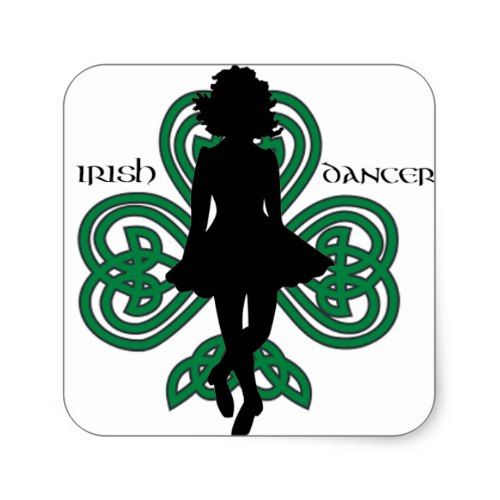 RATTLIN’ BOG song and simple group dance. My kids never got tired of doing this dance in class, and it is also a great opportunity to get the watching crowd involved because it is very simple and a lot of fun.
RATTLIN’ BOG song and simple group dance. My kids never got tired of doing this dance in class, and it is also a great opportunity to get the watching crowd involved because it is very simple and a lot of fun.
If you would like a more detailed outline of these dances 1 & 2, DOWNLOAD PDF document.
3. CÉILÍ DANCES
Progessive céilí dances such as the Siege of Ennis, the Walls of Limerick and the Waves of Tory* work well with lots and lots of people, and could be very good with
a large number of children, as long as they are kept simple. They are often also in open positions (not pairs facing each other) and this might suit children better. This could also be good for including a large crowd in an audience.
*A very useful resource for teaching these three dances to children- Twinkl– and it’s Australian! A free account is needed to download materials- type the dance name into the search bar.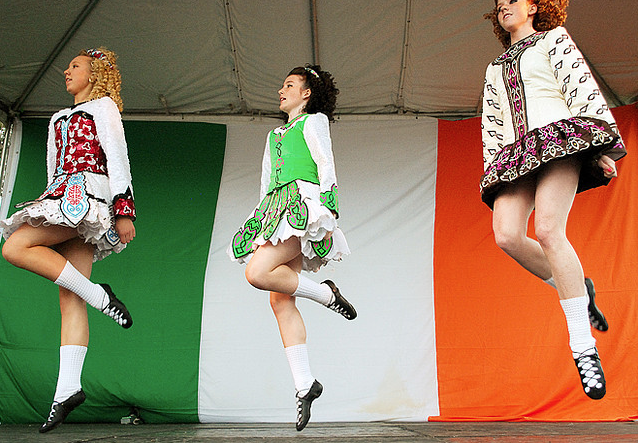
4. SETS – There are plenty of very simple, enjoyable sets to learn. In addition, you could try:
- Kilfenora Plain Set Figure 1 reels as a half set. Go through each part twice. Replace swing with an arm hook.
- Corofin Plain Set Figures 1 & 2 reels as a half set in two lines. Replace the final house with an advance & retire and a big kick to finish.
- Cashel Set Fig 6 – polkas short lead around figure. You can replace the swing with a right arm hook. This can be done with a large group of pairs, and can be done as long as the music lasts. It’s fast and people love it.
Be aware that swinging, dancing at home and housing can be challenging for new dancers. Add to that the issue some kids have about hand-holding and touching, I suggest you proceed carefully with these moves, and always with a back-up plan.
Set dancing is such fun to do but be aware that it’s not perhaps the first choice for an audience watching! One or two figures in a performance line-up is probably plenty for an audience, even if the children have learned the full set.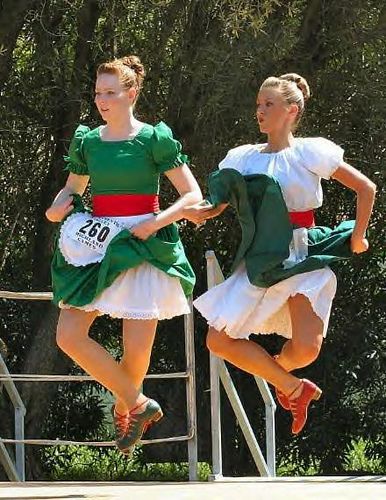
For performance, I suggest doing half sets with two lines so the audience can see what’s going on (not with backs to the audience). This also means everyone is moving at the same time, with no-one waiting with plenty of action.
So, wherever you are in the world, have a great lot of fun with your kids and enjoy it while it lasts. Let’s face it – we’re all kids at heart.
Let me know how you get on – I always love to hear from you.
Happy dancing
Nora Stewart
Irish Bliss
Irish dances: features and benefits for the body
In the distant Middle Ages, Irish peasants liked to gather on green lawns to shake themselves up and relax after hard work. The dancers lined up in long lines, danced round dances and even danced with swords...
Irish dance gained world fame after the release of the River Dance and Lord of the Dance shows, as well as after the showing of some foreign films where irish dance was mentioned. Those who have seen with their own eyes how the dancers, lined up in orderly rows, uninterruptedly beat the stage with their feet in heavy shoes, assure that it is simply impossible to sit still! It makes you want to practice the Irish tap dance yourself. Is it possible?
Those who have seen with their own eyes how the dancers, lined up in orderly rows, uninterruptedly beat the stage with their feet in heavy shoes, assure that it is simply impossible to sit still! It makes you want to practice the Irish tap dance yourself. Is it possible?
Of course, yes! Today, Irish dancing is one of the trendy and popular fitness workouts. An ideal option for those who are fed up with shaping, step and want something like that. But before you rush into the dance, it is important to remember that Irish dancing is not just a few hastily learned elements with which you can surprise your friends at the disco. This is a complex system that requires regular training and willpower. For example, to become an Irish dance coach, you need to go through twelve stages of training and devote several years to this business. Only then will you be able to write out Celtic patterns with your feet.
What should you be prepared for?
Irish dance - group.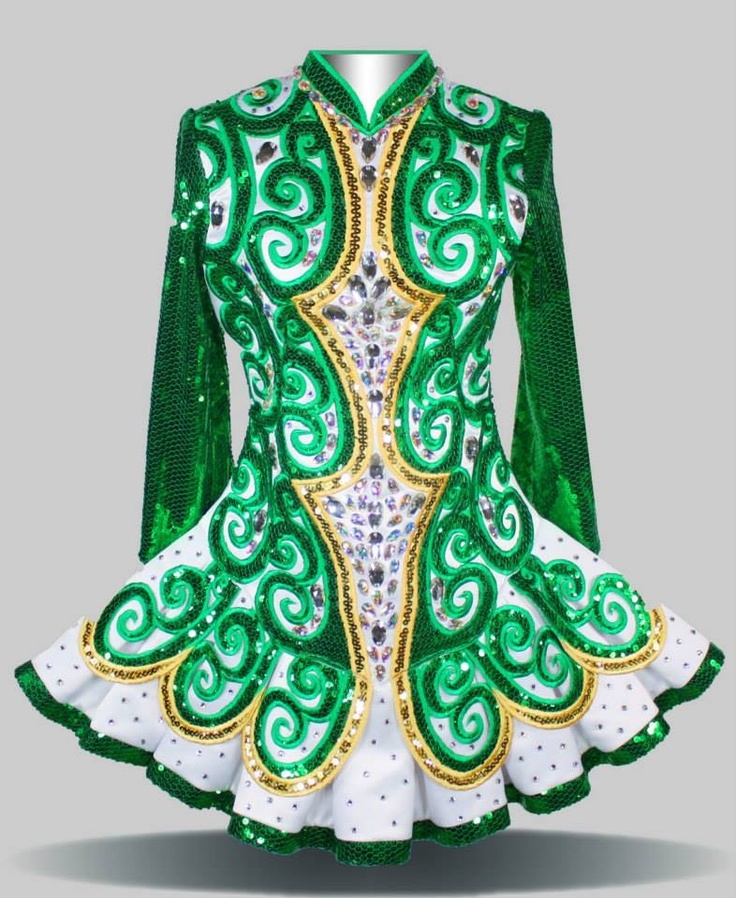 Therefore, in training, you will have to give up any liberties: in collective classes, you will be destined for the role of a cog in a large mechanism. Don't be scared, it's not scary! On the contrary, a group dance gradually develops a sense of partnership, when you feel one whole with other people. Psychologists say that such training is especially useful for those who have difficulty joining the team. Or afraid of communication.
Therefore, in training, you will have to give up any liberties: in collective classes, you will be destined for the role of a cog in a large mechanism. Don't be scared, it's not scary! On the contrary, a group dance gradually develops a sense of partnership, when you feel one whole with other people. Psychologists say that such training is especially useful for those who have difficulty joining the team. Or afraid of communication.
Another curious feature is that it is better not to practice any other dances before starting training. That is, the less prepared you are, the faster you will master Irish choreography.
The thing is that classical choreographic training often gets in the way. In ballet, the feet (as well as the hips) are strongly turned to the sides - here, on the contrary, the legs are always crossed. And forget about the hands.
How is everything going?
The training takes place in the middle of a spacious hall, in which there is not a single mirror. Surprising, isn't it? But the mirror in this dance is superfluous, because it distracts the dancer from the learning process. So you can learn about your mistakes only from the teacher, who clearly monitors each student.
Surprising, isn't it? But the mirror in this dance is superfluous, because it distracts the dancer from the learning process. So you can learn about your mistakes only from the teacher, who clearly monitors each student.
The lesson begins with a 10-15-minute warm-up, during which the main muscle groups are warmed up, and then the elements are worked out. Basically, the load falls on the lower part of the legs: calf muscles, feet.
Movement technique
First of all, you need to get used to a rather unusual posture. The Irish dance is performed on the toes (the dancer raises his heels and stands on his toes), the upper body is motionless, the arms are always lowered. The basic rule is fast footwork.
Hard?
Yes, this fitness is not easy. Burns up to 800 calories per hour of exercise! In this case, the load is distributed evenly.
Alas, it will be difficult for those who have been stepped on by a bear.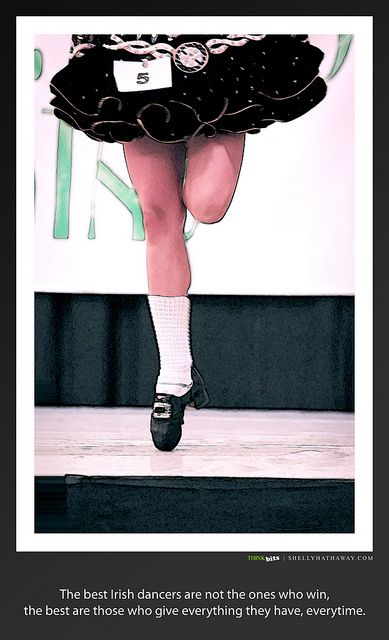 Because Irish music has a clear rhythm and requires the same precise steps. It's important to hit the mark! And in the foot! Therefore, before dancing Irish step, clicking your heels, you will have to memorize all the elements of the dance without music and learn how to beat the count with your feet.
Because Irish music has a clear rhythm and requires the same precise steps. It's important to hit the mark! And in the foot! Therefore, before dancing Irish step, clicking your heels, you will have to memorize all the elements of the dance without music and learn how to beat the count with your feet.
All movements should look light and graceful. And this, to be honest, is not an easy task. Try to rhythmically make elements of breathtaking complexity with your legs, and leave your upper body completely motionless, as if there is nothing difficult for you in this!
"Side effect"
After a few weeks of training, you will notice how your abs are pumped up and your posture improves. This fitness will give you chiseled calves and smooth thighs.
Suits
What to wear? Imagination draws the dress of a medieval princess. By the way, such fantasies may well come true. Because the costumes of dancers can be safely called a work of art: all the colors of the rainbow, unusual cut and silhouette, lace, embroidery are appropriate here.
The classic dancer costume in Ireland is as follows: a women's A-line dress with a very stiff skirt above the knee. A train is attached to the left shoulder and right hip with a brooch. On her feet are black or white stockings, high-heeled shoes. The hair of the dancers is curled, sometimes wigs are used, and the hairstyle is decorated with a diadem or an elegant crown. Naturally, we are talking about costumes for concert performances.
For a regular workout, you can wear a top, T-shirt, T-shirt and, of course, breeches. Legs up to the knee must be open, otherwise it will be difficult for the coach to correct possible errors in the position of the legs. Well, at home you can train by throwing on a light short cotton robe or other spacious clothes.
Nothing but advantages
By joining Irish dancing, you will not only learn how to control your body and coordinate movements with unprecedented ease, but also awaken the spirit of competition in yourself.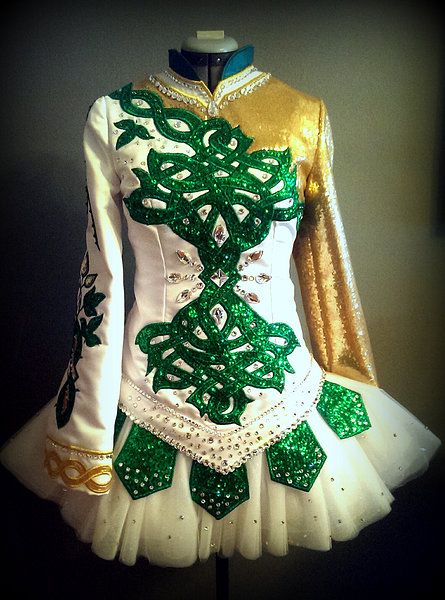 After all, to achieve mastery, you need to show the will to win, striving and perseverance.
After all, to achieve mastery, you need to show the will to win, striving and perseverance.
In addition, Irish dance increases self-esteem, it is not for nothing that the Irish are called an independent, proud people.
After training, you will soar in the clouds without feeling your legs (muscles will give voice only tomorrow), and today your mood will improve, all problems will fade into the background. Irish dance awakens the will to live! And this is the most important thing.
Irish dancing: how to learn and how to learn good.
Hello, this is another post about dancing.
Today we will talk about how to really achieve something in Irish dancing.
(If you're a clear-cut kid and you need to be quick, so that you don't read anything and get everything right away, scroll to the very end, read Note 1)
The right goal
Those few people who are seriously into Irish dancing , who, in their opinion, are seriously engaged in them, and want to achieve some results, every year more and more often attends the same question: "How to train, perform and generally live in order to win?".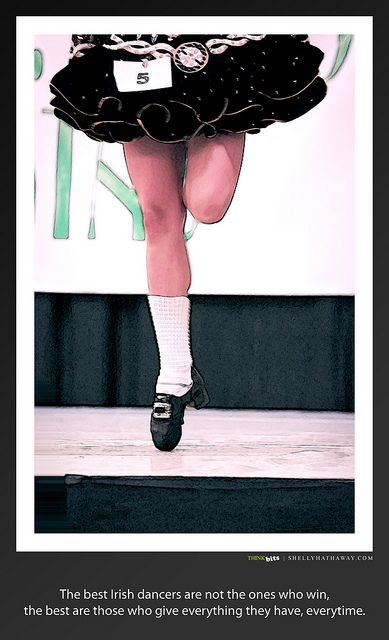 The more schools, teachers and "old" dancers appear in the dance community, the wider and denser it becomes, the more accessible the exchange of information and experience becomes. Demand gives rise to supply, and even whole seminars and trainings on this topic are already being offered (in addition to, in fact, dance master classes). In fact, everything is so simple here that it’s even embarrassing for people.
The more schools, teachers and "old" dancers appear in the dance community, the wider and denser it becomes, the more accessible the exchange of information and experience becomes. Demand gives rise to supply, and even whole seminars and trainings on this topic are already being offered (in addition to, in fact, dance master classes). In fact, everything is so simple here that it’s even embarrassing for people.
Let me grumble a little, but if all your dance aspirations are aimed at performing as efficiently as possible on feches, then, unfortunately, you are already lost. Counting medals, keeping statistics, trips to feshies, where you can easily "close" dances, that's all. The fact is that competitions are a very narrow segment of dances, with unknown rules, with incomprehensible criteria, with violations of labor standards (a judge, like, has to sit in a stuffy hall for 10-12 hours and look at fast moving objects with poor lighting and give a stable result?), and, most importantly, completely without providing adequate conditions for demonstrating and evaluating human skills (beats are never heard, legs often merge with the floor or wall, 3 people dance on tiny squares, colliding or trying not to collide ). And now people are trying to systematize all this hell for themselves, to find the key to it, to find patterns based on some few shabby events. Imagine that you decided to learn English and downloaded several American TV shows in the original voice acting. There, black lads sell drugs and run from the cops, and you actively replenish your vocabulary and come to the USA. And so, for the third time, you are lying in intensive care with multiple stab wounds and trying to understand exactly what mistakes and at what moment you made this time when you entered into a dialogue with some nigga bitch, and is it possible that you just use the interjection "yo" in the wrong place?
And now people are trying to systematize all this hell for themselves, to find the key to it, to find patterns based on some few shabby events. Imagine that you decided to learn English and downloaded several American TV shows in the original voice acting. There, black lads sell drugs and run from the cops, and you actively replenish your vocabulary and come to the USA. And so, for the third time, you are lying in intensive care with multiple stab wounds and trying to understand exactly what mistakes and at what moment you made this time when you entered into a dialogue with some nigga bitch, and is it possible that you just use the interjection "yo" in the wrong place?
Just as our hero had to be born black first of all, so you need to learn how to dance first, and then think about how to apply your skill most effectively in each specific situation. This thesis is so obvious to me that I can't begin to calmly react to any thoughts people have about "closing" dances. Almost any conversation on this topic instantly forms a negative impression of the interlocutor in me. Any attempt to tell me that such and such a person has "closed" some dances, and therefore has some reason to assert something or claim something, unequivocally gives me a signal not to have business with this person.
Any attempt to tell me that such and such a person has "closed" some dances, and therefore has some reason to assert something or claim something, unequivocally gives me a signal not to have business with this person.
So, the first thing you need to do if you want to achieve something is to correctly set a global goal.
You should strive to learn how to dance well, not learn how to win.
In confirmation of these words, I will give a very, perhaps, sad, but very revealing example. In Iridan, there are from 4 to 5 admissions per year, there are hundreds of students, and every year new people are added who have entered the Open. Some of them are starting to teach and others are already trying to bring them to the open. With all this abundance, it would seem, of cool dancers, for a normal, serious dance, you can hardly find 7 people here, and all of them will be "oldies". Unfortunately 90% of modern opens will not be able to tap out not only their dance, but even a simple set of combinations in silence evenly and in accordance with the plan. And they probably don't even realize it.
And they probably don't even realize it.
Now that you may have decided that I am against fashies and championships, I hasten to tell you that this is the best thing about these dances invented in order to stimulate people to develop. Without a clear ladder of progress, it would be very difficult.
Therefore, it is necessary to move the championships from the position "goal" to the position "means".
Although, of course, there are people for whom the medal is important, and it does not matter how and under what conditions it was received. This is the part of people who go to small fashion because there is less competition, these are those who go to WIDA only because it is relatively easy to get into the top three in the world when you are already over 30, those who are proud of the second place in two rivals. Stay away from such people, I do not perceive them as dancers. Unfortunately, there are a lot of such people.
(if someone decides that I'm running into WIDA here, drink some water and reread the paragraph again 5)
Choosing a school and a teacher
Today in Moscow people are increasingly choosing their school by looking at the Yandex map and calculating which school is closer to their place of residence. Yes, my colleagues went to certain places for shawarma, and not bought at the nearest stall, but here is the school! For a long time! Second family, perhaps!
Yes, my colleagues went to certain places for shawarma, and not bought at the nearest stall, but here is the school! For a long time! Second family, perhaps!
There are no clear criteria by which to determine the level of the school. And in almost all cities of these schools, there are 1, maximum 2 for the whole city. Do not believe any descriptions of victories and achievements that are discussed there: firstly, you do not understand anything about this, secondly, the authors of these texts - PR professionals, and second place with two participants magically turns into a silver medal of the championship, several victories in local competitions for 100 participants - into numerous medals and awards from Russian and international championships, and attending a couple of open master classes for 50 people with Colin Dunn - in "studied with 9-time world champion".
Choose intuitively, I usually choose by the "cover". And when you choose, try not to become a victim of the "duckling syndrome".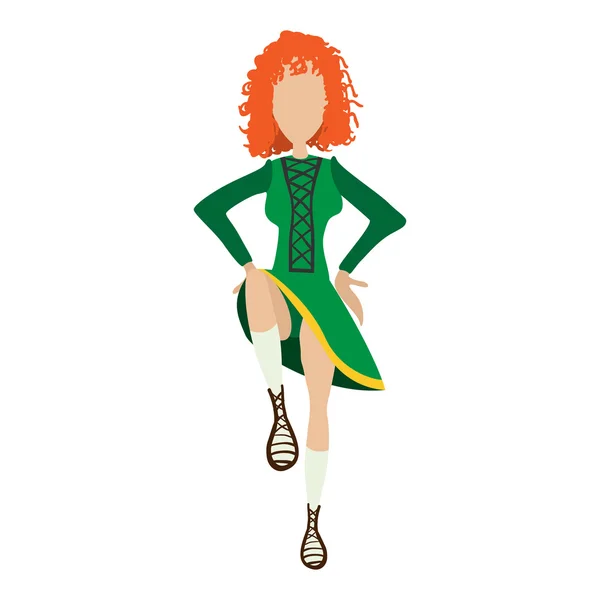 , as a character in an RPG, I would suggest putting 2-3 skill points into Perception. some specific one In any case, at this stage you can't choose Start learning, and immediately start looking for other sources of information Watch others dance, watch others teach Try to get to open master classes, directly save money right away.Listen if the teacher recommends anyone, whom he considers his mentor.Evaluate.
, as a character in an RPG, I would suggest putting 2-3 skill points into Perception. some specific one In any case, at this stage you can't choose Start learning, and immediately start looking for other sources of information Watch others dance, watch others teach Try to get to open master classes, directly save money right away.Listen if the teacher recommends anyone, whom he considers his mentor.Evaluate.
The teacher himself dances badly and doesn't let you see anyone else?
Did the teacher study on his own and from no one else?
The teacher forbids visiting other people's master classes once without objective reasons?
Well, you already know what to do. Remember: the teacher has the right to establish any order and prohibit anything. And you have every right to choose. The teacher can really be very cool and you will not need anyone else. Or he can create a totalitarian sect around himself, and you will think that you don’t need anyone else.
How to understand who dances well and who dances badly? Compare.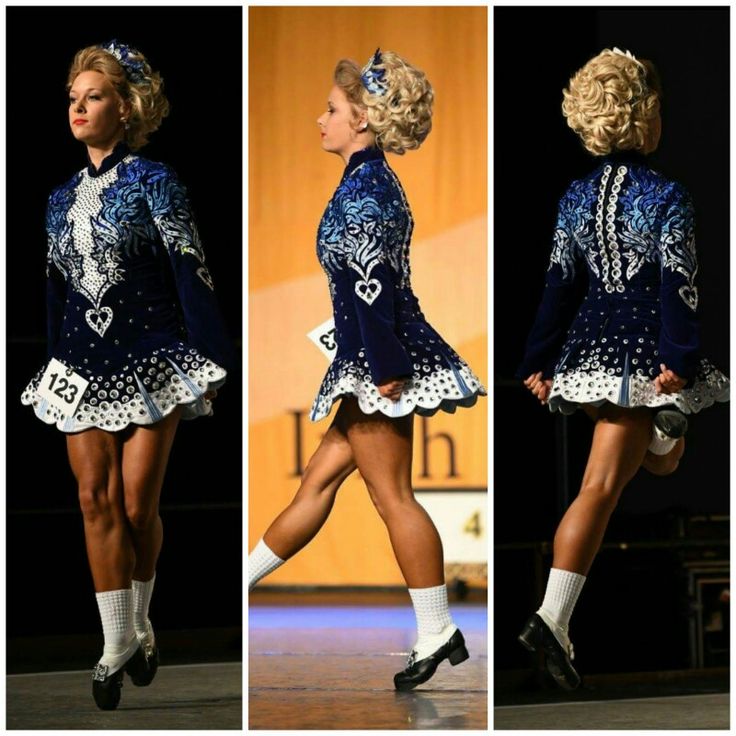 My world turned upside down after the first foreign fashion. I was lucky, there were very strong dancers. From European fash I recommend fesh in Vienna in mid-October, there are always a lot of participants, good organization and a very good level. I'm talking about the most senior level, but it's also true for the younger ones. From abroad, if you do not take into account the incredibly expensive World, you can go to the new fashion school Carey Academy in Birmingham (at the end of February). The same world champions are dancing right in front of your nose. Of the Russian feshes, perhaps Moscow, he will not give a full idea of \u200b\u200bthe current level, but it’s also not bad for a beginner, perhaps.
My world turned upside down after the first foreign fashion. I was lucky, there were very strong dancers. From European fash I recommend fesh in Vienna in mid-October, there are always a lot of participants, good organization and a very good level. I'm talking about the most senior level, but it's also true for the younger ones. From abroad, if you do not take into account the incredibly expensive World, you can go to the new fashion school Carey Academy in Birmingham (at the end of February). The same world champions are dancing right in front of your nose. Of the Russian feshes, perhaps Moscow, he will not give a full idea of \u200b\u200bthe current level, but it’s also not bad for a beginner, perhaps.
And in general, who the hell knows which of the teachers is actually better or worse, just choose the one you want to be like in the end.
How to behave in class and communicate with the teacher.
It should be understood that all teachers are interested in the results of their work. No one wants to just teach other people's students who can disappear at any moment or who go to a group just for the sake of an extra load (we are talking about regular classes). Therefore, if at your school you can attend classes of different teachers, and you want a normal and serious attitude towards yourself, then you will have to fulfill all the requirements equally in all classes. Tanya teaches like this, but does Petya teach that way? Either choose one person, or do Tanya's way with Tanya, and Petya's with Petya's. Don't know who to trust? Ask the teacher individually where the differences come from and how important they are. If he is not a turkey, he himself will tell why he considers his version more correct or preferable. You must understand this too. Get to the bottom of it, don't take anything for granted. In general, follow the rule: everyone around is a charlatan and they themselves don’t know how to do a damn thing. In 80% of cases it will be true. It's better to let the teacher admit that he himself is not sure where the truth is than to tell you that "the knees should not bend, because how else, this is Irish dancing (almost a quote)", and then give you beautiful knee brace for your birthday .
No one wants to just teach other people's students who can disappear at any moment or who go to a group just for the sake of an extra load (we are talking about regular classes). Therefore, if at your school you can attend classes of different teachers, and you want a normal and serious attitude towards yourself, then you will have to fulfill all the requirements equally in all classes. Tanya teaches like this, but does Petya teach that way? Either choose one person, or do Tanya's way with Tanya, and Petya's with Petya's. Don't know who to trust? Ask the teacher individually where the differences come from and how important they are. If he is not a turkey, he himself will tell why he considers his version more correct or preferable. You must understand this too. Get to the bottom of it, don't take anything for granted. In general, follow the rule: everyone around is a charlatan and they themselves don’t know how to do a damn thing. In 80% of cases it will be true. It's better to let the teacher admit that he himself is not sure where the truth is than to tell you that "the knees should not bend, because how else, this is Irish dancing (almost a quote)", and then give you beautiful knee brace for your birthday . Despite the fact that dancing in Russia is already 15 years old, the dark ages still reign here.
Despite the fact that dancing in Russia is already 15 years old, the dark ages still reign here.
Now, if you're really serious, you'll have to tailor your life to your hobby. You will not achieve anything by attending the standard 2 classes per week. You don't have to hurt anyone right now. 4 times a week is the minimum. 2 times you study in a group, twice you study on your own (well, or at least 1 time on your own). The number of group sessions can be as large as you like, but you should always have time for independent work. It sounds very boring and corny, I know, but, unfortunately, this is how we are arranged. No one will teach you better than yourself. Remember the combination? Practice it yourself and teach yourself how to dance it with your left foot. After that, you won't forget it.
Only in one case will your studies bring results: if you imagine your studies with a teacher as a table full of food, and your independent studies as the absorption and assimilation of food.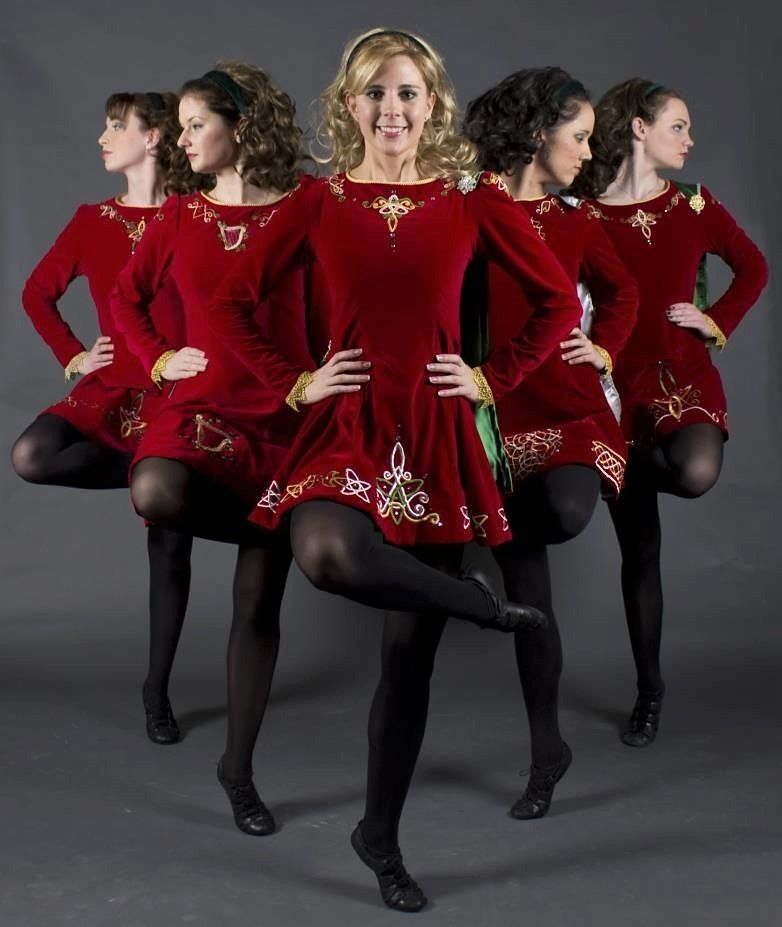 Come to class and fill your mouth, fill your pockets, pick up pieces in your bosom, run to your lair and eat there, eat, chew, and again for a new portion. A normal teacher is like a kind grandmother, she will always be glad to give you more. All you have to do is eat! If you do not devote at least half an hour a week to independent work, all this food will roll around and spoil. An entire pantry full of spoiled food. The new does not fit, the old is useless.
Come to class and fill your mouth, fill your pockets, pick up pieces in your bosom, run to your lair and eat there, eat, chew, and again for a new portion. A normal teacher is like a kind grandmother, she will always be glad to give you more. All you have to do is eat! If you do not devote at least half an hour a week to independent work, all this food will roll around and spoil. An entire pantry full of spoiled food. The new does not fit, the old is useless.
But there is another danger: you might choke. A good teacher will only give you what you can absorb and a little bit more. A good student will look everywhere for new knowledge, but should always look back and check if he has any gaps in the basic material.
The fact is that in Irish dances there are not many movements for which you need to have some incredible physical abilities. And even less in hard ones. However, without proper basic training, it is very easy to "screw up" your technique by starting to do complex movements.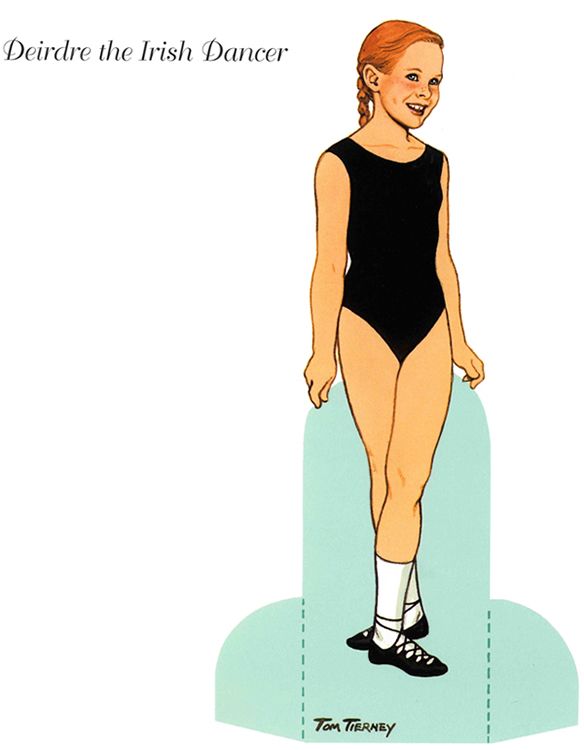 If only because it's very hard to go back to practicing the basics when, like, you've learned some cool tricks and can't wait to use them. Especially considering that all complex movements are based on simple ones (and they, just, still do not work out).
If only because it's very hard to go back to practicing the basics when, like, you've learned some cool tricks and can't wait to use them. Especially considering that all complex movements are based on simple ones (and they, just, still do not work out).
Damn, the penultimate paragraph already turned out in the style of some Paulo Coelho, we need to correct it urgently.
A teacher is also a person, moreover, a person who is very interested in his work. Most likely, he does not receive much money for this, which means that he must receive some other satisfaction from his studies. If the students fail to learn the same link lesson after lesson or do not correct the same mistakes, the desire to lead classes disappears. The teacher will get annoyed. No, he should not once again just calmly explain, understand and forgive. This is not a rehab class, not a school for the gifted, not an after-school group for adults. It is possible, of course, that there are such schools and teachers, but if I remember your goal correctly, you do not need to go to them.
And, most importantly, never act like you know better than the teacher what to do. They tell you to bend your knee, but you don't. You are told to jump normal jumps, and you do somersaults. Perhaps he has some reason to demand something in this form. If you are sure that the teacher is wrong, then either discuss it correctly with him (you never know, you have 15 years of experience as a fitness trainer, and he incorrectly gives aerobic warm-up), or do not go to him. There must be discipline and order in the group, otherwise the group will not move anywhere. And it depends not only on the teacher, unless you want him to become an evil tyrant over time.
What to do if you come to another school/group and don't know anything?
We must stand on the sidelines and start trying to repeat after everyone. In any group, each dance is often repeated many times. Each time you will remember a little more and soon catch up with everyone. In 10 repetitions, you can learn almost anything.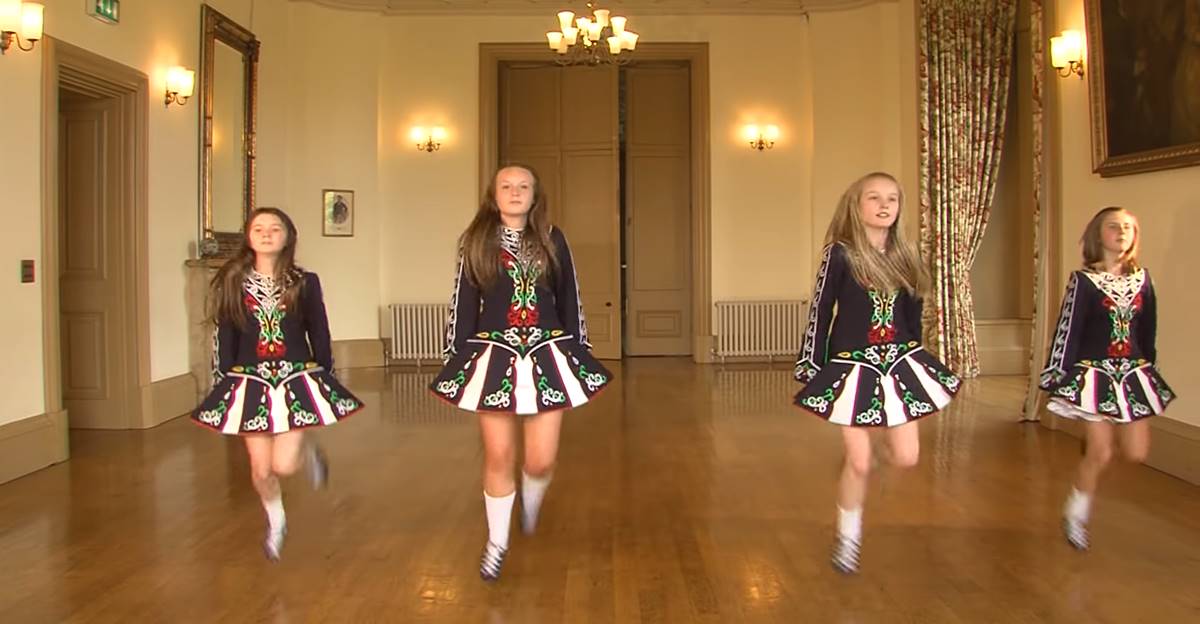 What you definitely shouldn’t do is sit down or stand up against the wall and answer any question: “I don’t know this, I’ll take a look.” Very few people can learn something with their eyes alone. You could even say no one. I usually immediately stop paying attention to such people, nothing will come of them. They no longer have the main thing - desire.
What you definitely shouldn’t do is sit down or stand up against the wall and answer any question: “I don’t know this, I’ll take a look.” Very few people can learn something with their eyes alone. You could even say no one. I usually immediately stop paying attention to such people, nothing will come of them. They no longer have the main thing - desire.
The teacher also sees very well the difference between "it's hard for me" and "I'm too lazy". The effort to change something in your technique is always visible. Even being very tired, you can always find the strength in yourself to at least start doing the next repetition at full strength. But to ignore the next "one more time entirely" from the teacher and, while the whole group is dancing, it is melancholy to go to drink water - this is also a lack of desire and self-pity (we do not consider physical limitations in health, we are talking about those who assure themselves and others that they are striving to the result).
Never make excuses for your mistakes.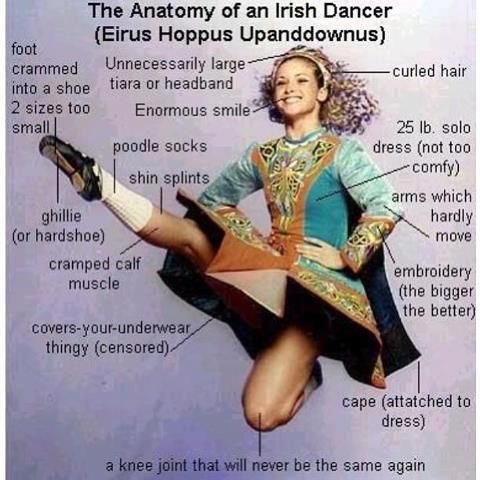
- This is my first time dancing!
- This is the first time I'm doing this with my left foot!
- I haven't worked yet!
- Normally everything fits into the music there, I just didn't get it now!
- Yes, I know!
- Well, the bestseller: "I was thinking about something else!" (for example, about positions, not about hands).
Even if all this is true, just nod and take note once again. You are not told this to hear "I'm not up to it" or "I already know." Otherwise, why dance in front of a teacher at all?
Self-monitoring.
No one will teach you how to do this or that movement correctly, except yourself. Have you already been told a hundred times that the legs should be turned out, but the turnout does not increase? Well, it won't add up. All requirements are quite simple and there are few of them: cross, eversion, half-toes. That's enough. When I was in a group, we were told the same thing. And every time we worked out some combinations, I came up with "tasks" for myself: to finish the combination with a good cross, for example.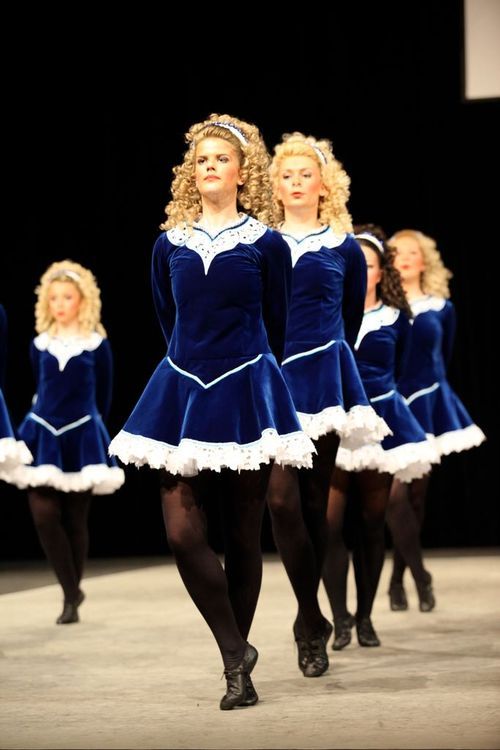 Like achievements (achievements) in games. I did an exercise with a great position - praised myself. Did you learn step? Start thinking about individual places. Draw in your head a map of the "dangerous" places in your dances - the places where the teacher most often makes remarks. Then in these places reminders will work for you: here the back is underturned, here the toe is not pulled out. This is how the material is cleaned. And if you just dance step 10 times, then the maximum that will be added is endurance.
Like achievements (achievements) in games. I did an exercise with a great position - praised myself. Did you learn step? Start thinking about individual places. Draw in your head a map of the "dangerous" places in your dances - the places where the teacher most often makes remarks. Then in these places reminders will work for you: here the back is underturned, here the toe is not pulled out. This is how the material is cleaned. And if you just dance step 10 times, then the maximum that will be added is endurance.
You can help yourself - stick bright dots on your heels, which should always be visible in the mirror, put something light under your armpits so that your hands stay together. I've never used anything like this, but I don't think it will get any worse. Just do not tie your knees with scarves / laces. The knees must be free.
Much of what was described above is 146% similar to any book or article on how to succeed in dancesport. It’s just that all these are so banal and simple truths that I even feel embarrassed for the people who read this and are like: “Oh, yes, you have to try!”, And especially for the teachers who actively quote these books, as if they don’t have their own brains .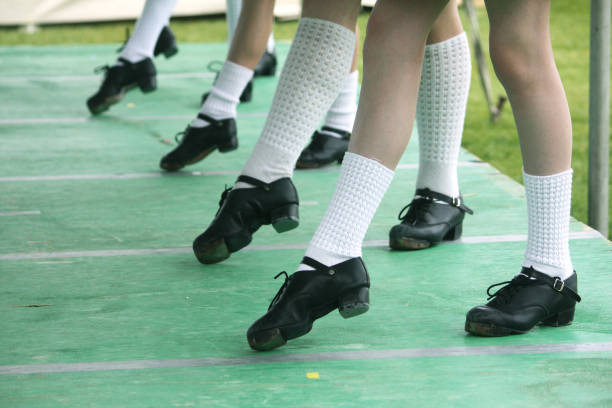 These are principles that apply throughout our lives, whether you want to learn a language, learn touch typing or become a champion in Counter Strike. This is so natural and obvious that even without any books, any normal practicing teacher will tell you this 10 times without noticing it, simply because he himself should have already reached this point and experienced it from his own experience. And if he hasn't taught himself anything, he won't teach you either.
These are principles that apply throughout our lives, whether you want to learn a language, learn touch typing or become a champion in Counter Strike. This is so natural and obvious that even without any books, any normal practicing teacher will tell you this 10 times without noticing it, simply because he himself should have already reached this point and experienced it from his own experience. And if he hasn't taught himself anything, he won't teach you either.
So, let's say that this is sorted out, and now you are going to the competition.
How to deal with anxiety in fashion?
- Oh my god, what a big fashion, 700 people, they will all look at me, and I'm so bad at dancing!
If you are a beginner or a prime (sometimes it applies to intermediates), then I will please you: no one cares about you. 25 % helps them, 24.99% are rooting for their own, and the judges are trying for the thousandth time to give marks to everyone. Judges are like doctors, you can’t be ashamed of them at all, they have seen everyone.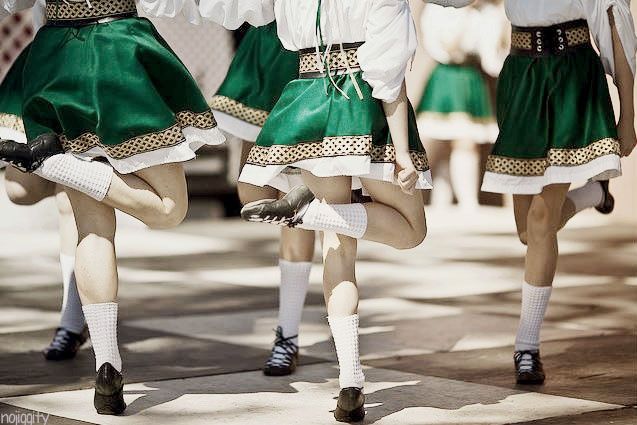 The bulk of the dancers of the initial levels are not remembered at all. It's just an endless mass, from which someone has to break out to the top. If you make enough effort, if you show that you are worth paying attention to, then you will go further. If not, you won't lose anything. Fesh is not a universal event, there are few extra people here, and all those present are busy with their own affairs.
The bulk of the dancers of the initial levels are not remembered at all. It's just an endless mass, from which someone has to break out to the top. If you make enough effort, if you show that you are worth paying attention to, then you will go further. If not, you won't lose anything. Fesh is not a universal event, there are few extra people here, and all those present are busy with their own affairs.
That being said, it's perfectly normal to be nervous before or even during a performance, especially when you have a new dance. Everyone is worried, I am very worried if the material is new. Unfortunately, there is only one way to deal with this - to perform more often. If a teacher sends you to fashion not for experience, but for medals, find yourself another teacher. Now this is easier. Even if there is only one teacher in your city, none is better than this one. The worst pressure is the pressure from the person who has to support. This does not mean that he should not care, and he should not worry and be interested.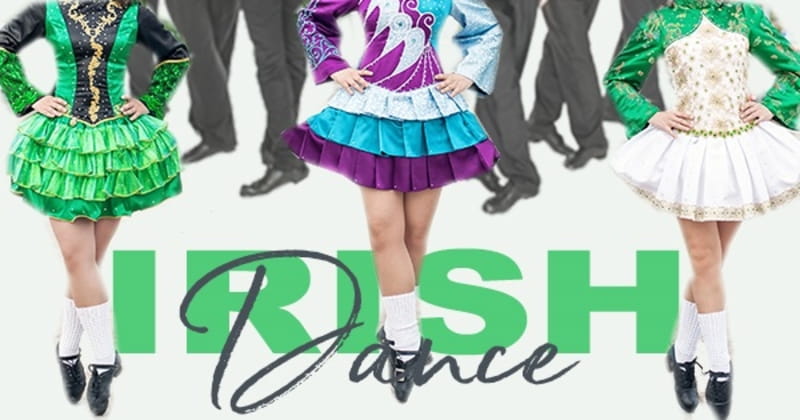 He just has to be able to adequately assess your level, regardless of what the sleepy grandfather condemned there at 8 am on Sunday. And you have to find a teacher whose assessment you can trust.
He just has to be able to adequately assess your level, regardless of what the sleepy grandfather condemned there at 8 am on Sunday. And you have to find a teacher whose assessment you can trust.
There is, however, one rule: "you won't get a good place if you don't feel at ease in this competition and in your place." If you stand in line and think: “What am I doing here among all these people?”, then you have already lost. Partly because that's the way it is, most likely, and you're not prepared enough. And partly because, no matter how it sounds, it is not the body that wins, but the spirit.
And in general: don't be afraid of anything or anyone, this is still a new territory, there is a lot of space, and new heroes are still very much needed. There is still the Wild West with all the consequences.
Note 1, for clear ones:
Opa-opa, handsome, did not master multibooks? Slash the chip, time is money. Right now I’ll justify everything briefly for the Posons:
1.

